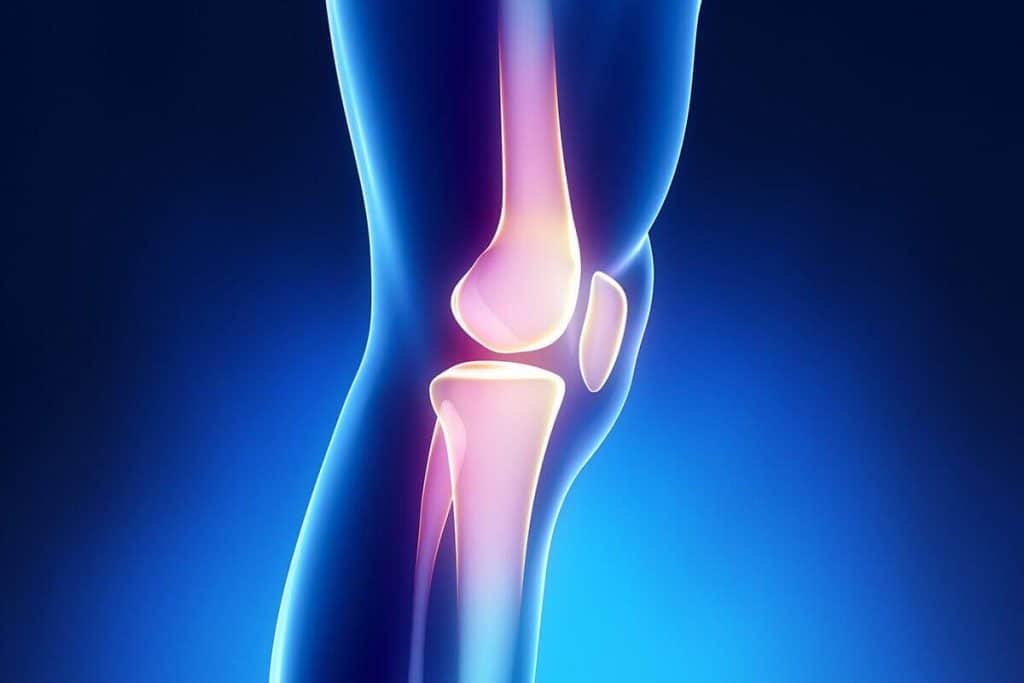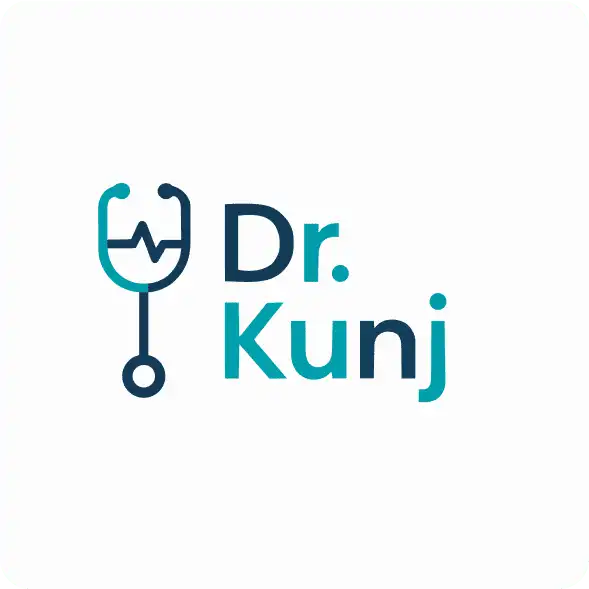Chronic pain—defined as pain lasting longer than 3 months—affects millions and often resists traditional treatment approaches. While many conventional therapies focus on masking symptoms, two innovative options are changing the way we treat pain at its root: Regenerative Medicine and Neuromodulation. Here’s what you should know if you’re exploring more advanced or lasting relief.
Regenerative Medicine: Harnessing the Body’s Healing Power
Platelet-Rich Plasma (PRP) Therapy
- What It Is: A small sample of your blood is spun in a centrifuge to separate out platelets—concentrated with natural growth factors.
- How It Works: These platelets are then injected into damaged tissue, promoting natural healing and tissue regeneration.
- Cost & Coverage: PRP therapy is typically not covered by insurance. Our clinic offers PRP treatment starting at $750 per session.
Stem Cell Therapy
- What It Is: Stem cells are harvested from your bone marrow or fat and used to support deeper and more sustained tissue repair.
- Why Consider It: Stem cells may offer stronger regenerative effects than PRP alone, particularly for chronic or complex injuries.
Tenex Procedure (Water-Assisted Debridement)
- Overview: A minimally invasive outpatient technique that uses ultrasound-guided tools to remove damaged tissue.
- Benefits: Clears the way for new, healthy tissue growth and is especially helpful for tendon-related injuries.
- Setting: Typically performed in a surgical center.
Neuromodulation: Rewiring the Pain Pathway
When chronic pain persists, the nervous system can become hyperactive, reinforcing pain signals. Neuromodulation uses targeted electrical stimulation to break this cycle and restore balance.
Peripheral Nerve & Spinal Cord Stimulators (PNS & SCS)
- How They Work: Tiny electrodes are placed near a specific nerve or along the spinal cord. These deliver low-level electrical pulses to disrupt pain signals before they reach the brain.
- Trial Period: A 7-day trial helps determine effectiveness. Continued treatment usually proceeds if you experience at least 50% pain relief.
- Insurance: Many plans cover neuromodulation therapies, provided certain clinical criteria are met.
🔍 Learn more: Visit our Peripheral Nerve Stimulation blog post for a deeper dive.
TENS Units (Transcutaneous Electrical Nerve Stimulation)
- What It Is: A non-invasive, over-the-skin device that delivers mild electrical pulses to reduce pain.
- Availability: TENS units are available over the counter or via prescription (sometimes covered by insurance).
Disclaimers & Important Information
📘 Educational Use Only
This post is for general educational purposes and is not a substitute for professional medical advice. Always consult a licensed healthcare provider before making treatment changes.
🧬 Longevity Shared Medical Appointments (SMAs)
Our Longevity SMAs—wellness-focused group sessions—are available through the CRISSP Longevity Clinic, an out-of-network service. Additional fees may apply.
💰 Insurance & Financial Notes
- Regenerative therapies like PRP and stem cell injections are typically not covered by insurance.
- Neuromodulation may be covered under specific insurance guidelines. Please consult our billing team for personalized assistance.
🔗 Affiliate Link Disclosure
Some links in this post may be affiliate links. If you click and purchase, we may receive a small commission—at no extra cost to you.
Final Thoughts
For those struggling with chronic, hard-to-treat pain, Regenerative Medicine and Neuromodulation offer promising new avenues for relief. By encouraging your body’s natural healing or interrupting the overactive pain signals at their source, these therapies may provide lasting results where traditional treatments have fallen short.
Warm regards,
Dr. Kunj Patel & Dr. Rachita Navara
CRISSP Clinics
https://crissp.net



